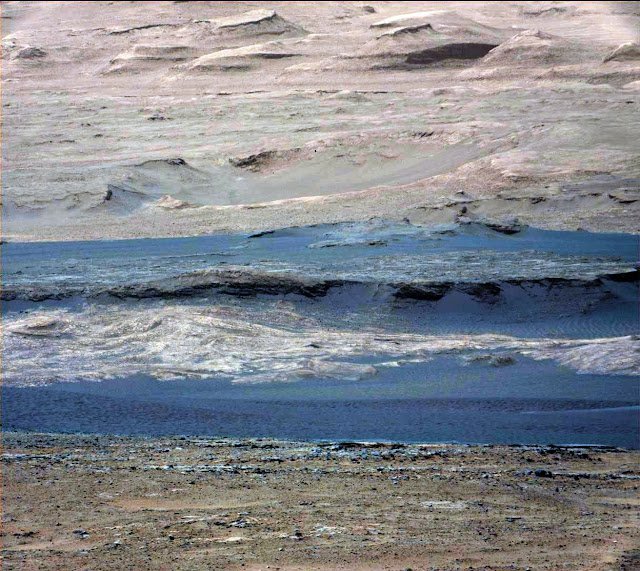[Country/state] television captured clear images as a mob of more than [a large number] attacked a small [minority rights] march, sending at least [a number of] people to the hospital.
[Religious figure] who helped to organize the [counter-event] said that while the violence was “regrettable” and those who committed it should be punished, the [religious organization] was obligated to protest the [event] and would “not allow anyone to humiliate us.”
“When there are so many people, it is difficult to speak only about [religious persuasion] and morals,” said the [religious figure] in his [day of the week] sermon. “Many were not able to overcome their nature and saw enemies in the others, said bad words and punched them. I was told [religious figures] were among them. I am not able to either condemn or justify them. They are also humans.”
[Religious figurehead], after the violence, urged protesters to leave the streets and for both sides “to pray for one another.”
“We do not accept violence,” [religious figurehead] said. “But it’s also unacceptable to give propaganda” to [minority group].
“We have already gone too far by having [minority group] openly promoting their [viewpoint],” a [adult professional] said. “This is unacceptable! By allowing things like this, we let [country/state] turn from the road of its traditional destiny.”
“Arrests will be too much; it will help to further excite the situation in [country/state],” she added.
[A teenager] said that while she opposed the violence, she believed that the “truth was on the side of the [religious organization].”
“No one should be punished for this,” she said. “This is for [a deity] to judge them, not us.”























